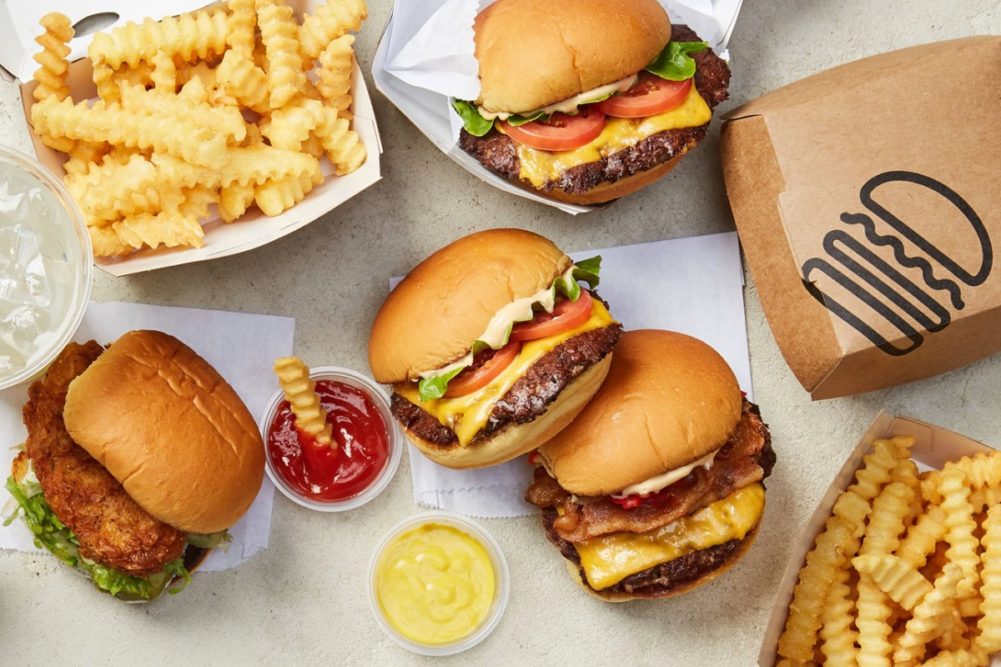NEW YORK — Shake Shack has seen a significant increase in beef prices as meatpacking facilities across the country close due to the coronavirus (COVID-19).
“We've had zero supply challenges in getting our beef,” said Tara Comonte, president and chief financial officer at Shake Shack, during a May 4 conference call with analysts. “However, costs have really jumped over these last few weeks. I think you're starting to see some challenges in that market.”
With no drive-thru service at any of its domestic locations, store closings related to the COVID-19 pandemic weighed heavily on the chain’s first-quarter earnings. Same-shack sales were down 13% for the quarter, driven by a 15% reduction in guest traffic.
Net loss at Shake Shack in the first quarter ended March 25 was $1.1 million, which compared with a net income of $3.6 million, or 9¢ per share on the common stock, in the same period a year ago. Operating loss was $0.8 million, which included a non-cash asset impairment charge of $1.1 million, compared with an operating income of $5.2 million for the prior-year period.
Shack sales were $138 million, up 7% from $129 million in the same period a year ago. Systemwide sales increased 14% to $222 million from $195 million. Revenue increased 8% to $143 million from $133 million.
Sales took the biggest hit in late March, with same-store sales plunging 73% the week ended March 18 and 72% the week ended March 25.
The company streamlined operations to minimize the impact of the outbreak, including removing noncore items and pausing LTOs.
“In terms of menu innovation, our focus has been one of simplification as we manage through this challenging operational period,” said Randy Garutti, chief executive officer at Shake Shack.
Trends at domestic stores have improved over the past few weeks, with sales down 45% the week ended April 29. The company withdrew its guidance for fiscal 2020 due to uncertainty related to the pandemic.
“It’s difficult to predict when and how quickly we will fully rebound once stay-at-home regulations are lifted,” Garutti said. “You've obviously seen regions like Texas, Georgia and some others begin to open, and some restaurants being aggressive, some being more cautious. We are going to take the more cautious route.”
Dining rooms that reopen will operate with significantly limited seating capacity, he said. Social distancing requirements will result in cashiers and kiosks also operating at reduced capacity while the company focuses on shifting guests to mobile and contactless preordering.
“It's going to take time,” Garutti said. “We have to work with throttles right now.
“There is no good reason to just start to try to do all of the sales that these shacks once did. That is not the safe thing, and it's what we need to be careful about.”


